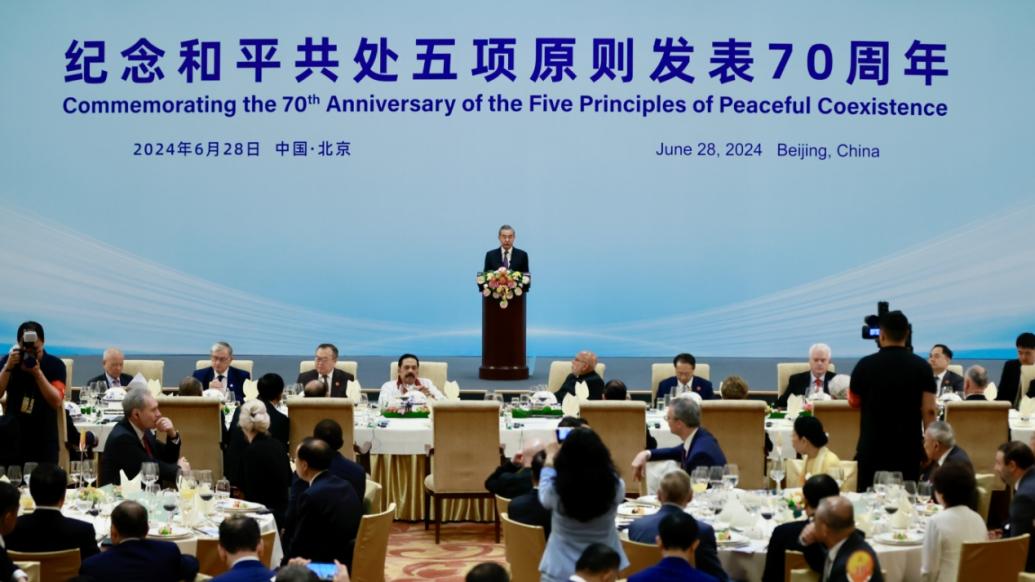
By Tai Wei Lim
ASEAN Has Central Role in East Asia Diplomacy
Diplomacy is based on national interests. Countries articulate their interests in accordance with national interests and the norms and legal principles of international diplomacy. ASEAN is located in the region where the US and China have articulated their national interests. China has announced that it wants to build connectivity with other countries through the One Belt One Road initiative and seek win-win cooperation. US historical engagements with ASEAN countries run deeper and longer, ranging from networked allies to military and economic partnerships.
States also appreciate the element of consistency in all exchanges. Consistency may persuade partners and friends of a country’s diplomatic goodwill and friendship. Sometimes, countries find it a challenge to stay consistent in a fluid regional geopolitical environment. China has been consistent in not forging alliances and consistently outreaching to other countries through friendships based on mutual respect and win-win cooperation. Most countries welcome China’s OBOR infrastructure connectivity outreach. The US is the major Pacific power, tightly allied with Japan for most of the postwar decades. This has been consistent and the US-Japan alliance has also kept the sea-lanes in the region free and open for navigation. This is unlikely to change in the years ahead. Many consider the US as a benign maritime presence in the region.
The word “pivot” cannot fully represent the US’ or China’s presence in the Pacific. The US has always been a Pacific power presence; it didn’t need to “pivot back” to East Asia. Similarly, China has been a major presence in East Asia and therefore its neighboring countries have been managing its presence for centuries in accordance with their national interests. China is also acting according to its national strength, interests and resources at its disposal.
For the smaller and medium size countries in East Asia, the ability to weather regional dynamics will depend on the shape of the world order and the impact of great power geopolitics on the region. ASEAN has been pooling together the strengths of its member states. Being in the driver’s seat for regionalism and positing its centrality in East Asia, ASEAN is in the unique position to aggregate the interests of all major powers in the region, including but not exclusive to US, China, Japan, India, Russia and the EU as well as middle powers like South Korea and Australia.
ASEAN can work towards internal unity based on consensus and national interests to withstand tensions arising from disagreements between major powers. This is not the first time Southeast Asia has had to face great powers engagements and rivalries. During the Cold War, the US and Soviet Union also articulated their interests in the region, perhaps even more aggressively in ideological terms. Proxy wars were also an outcome of ideological differences. Today, ASEAN countries has greater intertwined interests with both the US and China compared to the Cold War. There is now even less incentive to engage in military encounters and conflicts. Between the US and China, intertwined interests are even stronger.
ASEAN’s centrality can be preserved in such scenarios if it continues to promote peace and cooperation in the region, provides dialogue platforms for major powers to discuss their interests so as to keep them engaged in the region, as these major players take some time to reach an equilibrium in power relations at a time of geopolitical changes. Besides official Track 1 and institutional diplomacy, people-to-people exchanges can facilitate cultivation of future leadership ties, potential for economic exchanges and mutual perceptions of each other’s value in bilateral cooperation. In the meantime, other stakeholders like NGOs, cultural groups, friendship associations, tourists and students will determine the shape of people’s diplomacy in the future.























Leave a Reply
Your email address will not be published. Required fields are marked *